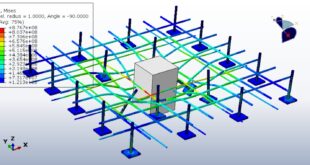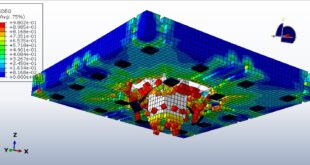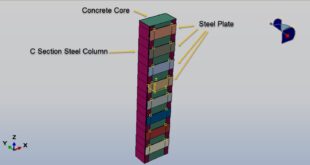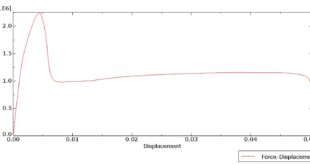In this practical example, the Seismic and Sloshing analysis of an airy CFRP composite tank in Abaqus has been studied. Airy Carbon Fiber Reinforced Polymer (CFRP) composite tanks are widely used in aerospace, automotive, and energy storage applications due to their high strength-to-weight ratio, corrosion resistance, and durability. However, when these tanks contain liquids (such as fuel or cryogenic fluids), they are subjected to dynamic loads from seismic activity and fluid sloshing, which can affect structural integrity
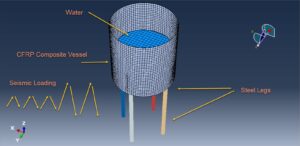
Key Challenges
Seismic Loads: Earthquakes induce ground motions that generate inertial forces, leading to stresses and deformations in the tank structure
Sloshing Effects: Liquid inside the tank moves dynamically under external excitations (e.g., earthquakes or sudden movements), causing impact pressures on the tank walls and potential resonance effects
Combined Seismic-Sloshing Analysis
A coupled approach is necessary to accurately capture, like CEL, SPH, or the Acoustic method. In this example, the CEL method is selected.
The interaction between seismic-induced tank motion and fluid sloshing
Nonlinear effects such as large deformations and impact pressures
Key Considerations
Resonance Avoidance: Ensure the tank’s natural frequencies do not coincide with sloshing frequencies
Damping Effects: CFRP has different damping characteristics compared to metals, affecting the dynamic response
Failure Criteria: Delamination, fiber breakage, and matrix cracking under cyclic loading
Seismic and sloshing analysis of an airy CFRP composite tank requires a multidisciplinary approach combining structural dynamics, fluid mechanics, and material science. Advanced simulation techniques (CEL, SPH, Acoustic CFD), along with experimental validation, are essential for ensuring safety and performance in critical applications
After the simulation, all results such as stress, sloshing of water, fiber and matrix damage, stress in the pipe legs, and others are available. You can see some figures for the results below
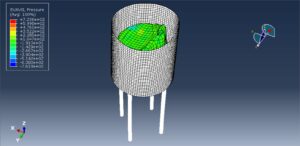
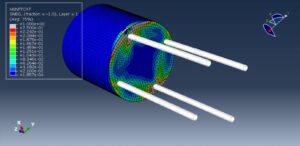
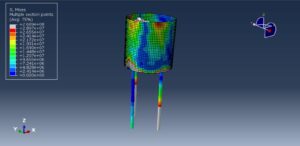
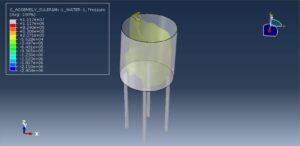

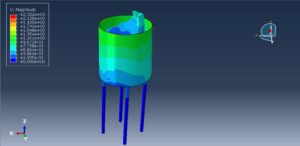
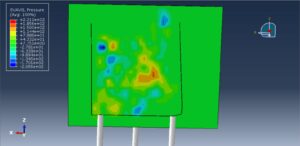
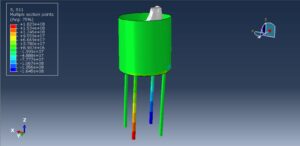
 Abaqus tutorials Abaqus tutorials
Abaqus tutorials Abaqus tutorials
